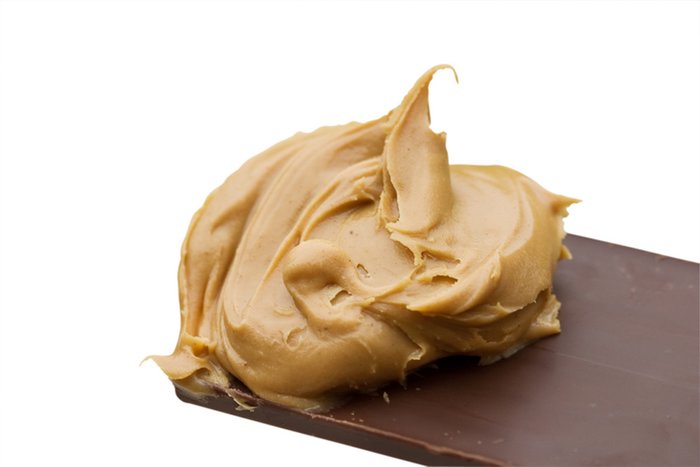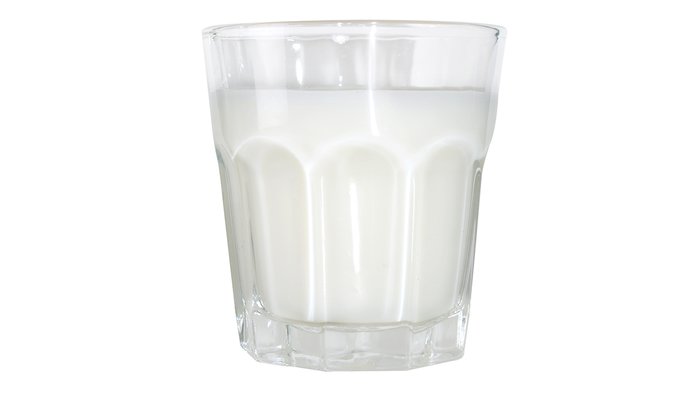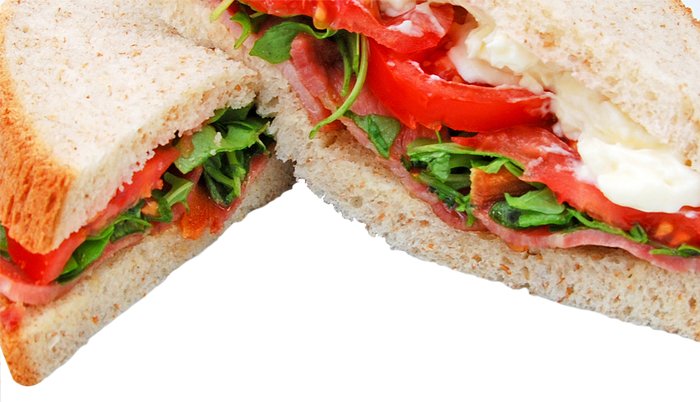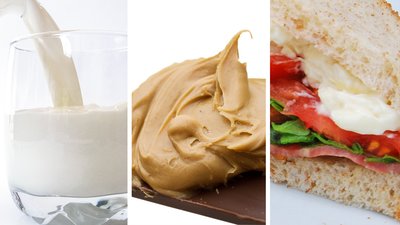In a world obsessed with all things thin, foods associated in any way with the word "fat" can be quickly and erroneously consigned to the rendering vat of history. So it is with some degree of jubilation that we reach into that bowl and pluck out three foods that belong back in your diet.
Yes, they contain fats. But there are good fats and bad fats—and these three have lots of the good ones.
1. Peanut Butter
A part of the Western diet for more than 100 years, peanut butter fell victim to the many low-fat, low-calorie diet kicks of the late 20th century. It's true that peanut butter is full of fats. It also packs 100 calories per tablespoon. But sometimes fats and calories are exactly what our bodies need!

Each mouthful of peanut butter provides an excellent source of healthy fats, vitamin E, and the antioxidant selenium. And it tastes good on everything from chicken to chocolate. Some diehards even spread it on burgers and eggs. What's not to love?
2. Whole Milk
Okay, 5 grams of saturated fat for every 8-ounce serving: That's a lot. But whole milk is also rich in protein and nutrients. It's got both fast- and slow-digesting protein. And it's a great source of calcium, vitamin A, and vitamin D.

Let us not forget that dietary fats, in all their forms, can help fight weight gain by maintaining that feeling of fullness that makes you less inclined to snack throughout the day. In fact, compared to low-fat milk, whole milk has been shown to reduce weight gain among children and to stimulate muscle protein synthesis when consumed after a workout.[1,2]
So, next time you pass through the dairy aisle and spy a container of whole milk—or even whole chocolate milk—don't think "bad high-fat." Think "good high-protein" and "good feeling of fullness."
3. Mayonnaise
At its most essential, mayonnaise is made of oil, egg yolks, lemon juice, and vinegar. And yet it has been accused of being an unhealthy, high-fat, obesity-promoting condiment. At 100 or so calories per tablespoon, mayonnaise can be abused. Eat tablespoon after tablespoon, and yes, you can consume too much fat.

But as long as you control your total daily fat intake, there's no reason you can't make this classic French creation a part of your diet. If you choose a mayo made with olive oil instead of vegetable oil, you'll also get a big dose of essential omega-3 fatty acids. Yum!
References
- Scharf, R. J., Demmer, R. T., & DeBoer, M. D. (2013). Longitudinal evaluation of milk type consumed and weight status in preschoolers. Archives of Disease in Childhood, 98(5), 335-340.
- Elliot, T. A., Cree, M. G., Sanford, A. P., Wolfe, R. R., & Tipton, K. D. (2006). Milk ingestion stimulates net muscle protein synthesis following resistance exercise. Medicine and Science in Sports and Exercise, 38(4), 667-674.

